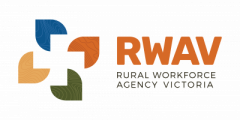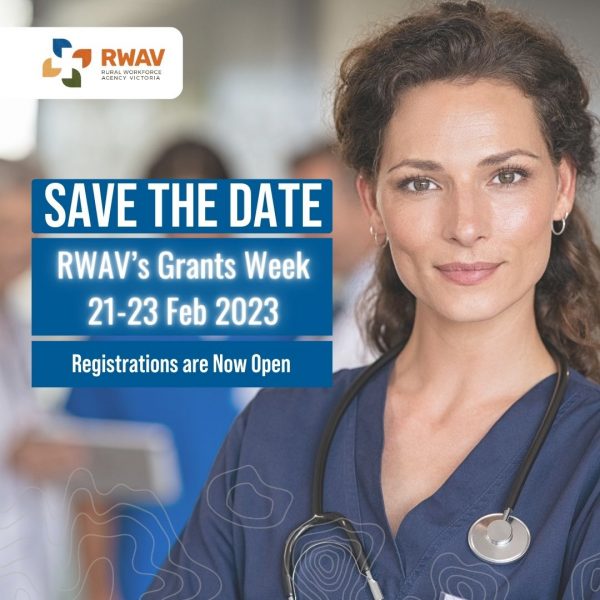 An 11-year-old Aboriginal child named Sammy can now hear normally, thanks to the delivery of a paediatric audiology service in the Aboriginal community of Echuca district by audiologist Johanna Newsbitt and RWAV’s VicOutreach Healthy Ears – Better Hearing, Better Listening (HEBHBL) program.
An 11-year-old Aboriginal child named Sammy can now hear normally, thanks to the delivery of a paediatric audiology service in the Aboriginal community of Echuca district by audiologist Johanna Newsbitt and RWAV’s VicOutreach Healthy Ears – Better Hearing, Better Listening (HEBHBL) program.
When Sammy moved to Echuca in early 2018, she came to the community with a long history of middle ear pathology which, to that point, had gone largely untreated. Her speech was difficult to understand and her teachers were concerned about her disengagement in the classroom, as well as her lack of progress. It was a situation that was all too common in the Njernda Aboriginal Cooperative. After three years of providing audiology services in the community, it became clear to Ms Nesbitt there was a service delivery gap for school-aged children. In early 2018, through the HEBHBL program, Ms Newsbitt in collaboration with Njernda began a hearing screening program in the Echuca district schools.
When Sammy was screened through this program, she had moderate to severe conductive hearing loss, bilaterally with middle ear pathology. She had a full audiology assessment by one of the general practitioners and later, by an ear, nose and throat specialist who diagnosed her with chronic glue ear. To correct the condition, Sammy underwent surgery to insert ventilation tubes, which resulted in her having normal hearing. Follow up appointments were initiated to monitor Sammy’s hearing.
The screening program has been highly successful in identifying groups of students who would otherwise remain unidentified and untreated. When the first screening clinic was held at a school in the community, 43 per cent of the 72 Aboriginal children had middle ear pathology, with or without hearing loss. Among the group identified, several children had a surgical intervention and others were enrolled in speech therapy, each of which was covered through the HEBHBL program.
There are three primary schools and two secondary schools in the Echuca district with a combined enrolment of 262 Aboriginal children. With the assistance of the Aboriginal Health Workers, Aboriginal Education Officers and Koorie Engagement Support Officers, screenings have been conducted in these schools too. Those who were identified as having middle ear pathology, with or without associated hearing loss, were followed up with at the Njernda, where a more thorough audiology assessment was undertaken. Where required referrals are made to speech pathologists, other allied health professionals, general practitioners or to ear, nose and throat specialists.


















